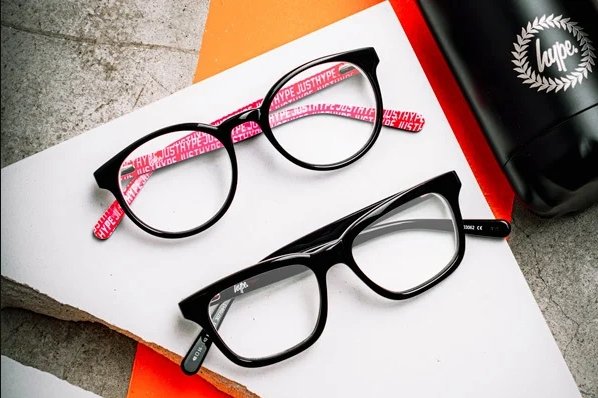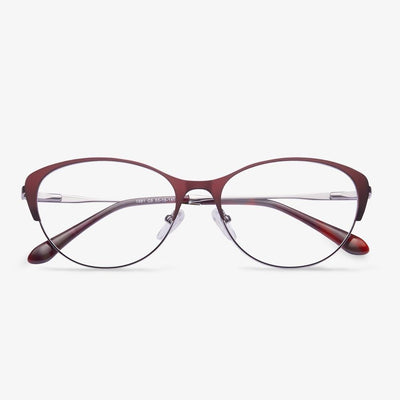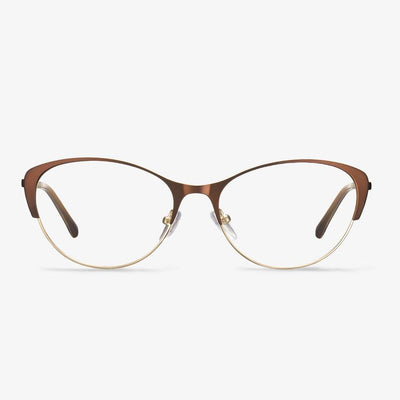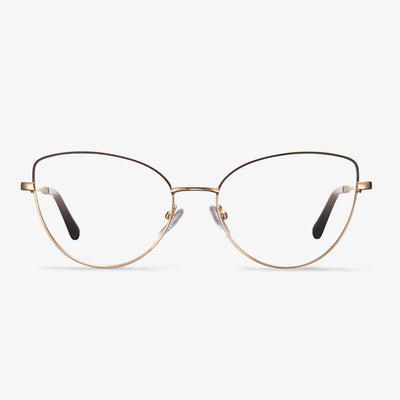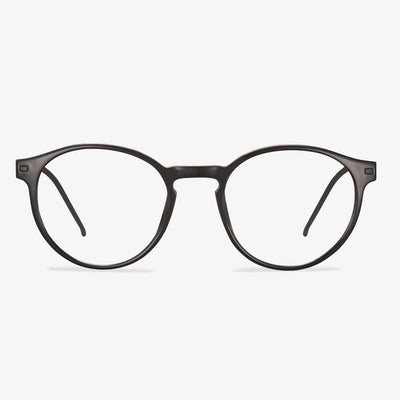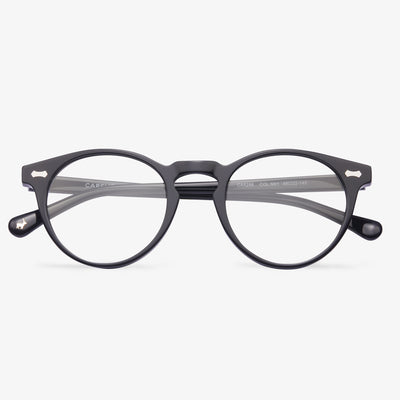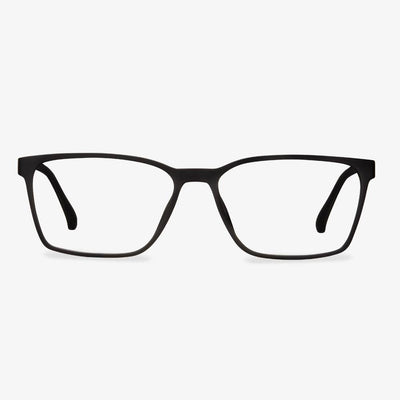FLYING BALLOON Cute Yellow Cat Animals Shaped Resin Eyeglass Holder
Using resin material, the cute yellow panda-shaped spectacle frame is designed for decoration and can be given as a gift to friends or family. It can be placed in the corner of the living room shelf, as a rustic decoration. It is perfect for birthdays, anniversaries, holidays, or the first time someone gets glasses.
Advantages of progressive multifocal lenses
The progressive multi-focal lens has a number of different focal points from top to bottom. There's a smooth transition between seeing far and seeing close. There is no clear dividing line in the middle, like the myopia glasses, quite beautiful, and it is not dangerous. Because the added value is continuously and slowly increased in the gradient area, the wearer can get a continuous clear vision from the far point to the near point through the progressive lenses with the appropriate head position. In line with physiological optics, They help a better adaptation. Since the lens degree changes little by little, there is no phenomenon like jumping. Because the degree of the lens is gradual, so the vision from far to near changes slowly increase, which will not produce the adjustment of the eye fluctuation. It is not easy to cause visual fatigue. Without a degree line, the appearance will be more beautiful. Clear vision can be obtained at all distances within the visual scope. A pair of glasses satisfies both close and middle distances.
What kind of lens is a progressive lens?
Progressive lenses are optical lenses designed for simultaneous correction of far, medium (for computer use), and near (for reading). They are Progressive Additional Lenses (PAL). The so-called progressive, The so-called progressive, is the use of polishing technology to achieve a gradual transition between the two focal lengths. The advantage of this design is that the wearer can see far and near objects alternately without taking off the glasses.
A service is also a form of discount.
The eyewear industry itself is a service industry, and good service can increase sales. If they sell inferior glasses and gifts, they are destroying the brand. Optometry itself belongs to the service, when people are choosing glasses, they must include this kind of service. Consumers are willing to come to optical stores in order to get better service. Therefore, reception, recommendation, testing, and other services should be done. Such as door-to-door delivery, door-to-door product experience, introduction and recommendation, free maintenance and repair, add good value-added services, which is more likely to make consumers buy. This is also a form of promotional activity.
Semi-rimless glasses give you a wider view than full-frame glasses.
It is believed that many people who wear semi-rimless and full glasses will have experience greatly. Because semi-rimless glasses have no frame at the bottom, our view expands as we look down, unlike full-rimmed glasses. When looking down, the line of sight is blocked by the lower half of the frame of the glasses, which is very inconvenient.
Change the lens.
If you like your frames, but your prescription changes or the lenses are damaged, you can simply replace the lenses in the existing frames. Most optical shops will let you choose this method to reduce waste and save money. It is recommended that you take the frame to your local store and talk to the team. They will be able to assess the suitability of your eyeglasses and will be able to give you a quote based on your requirements.
Do blue light glasses actually block blue light?
Anti-blue light glasses are still popular on the market. This kind of glasses is said to be 'anti-radiation and anti-blue light', but this kind of hot-selling anti-blue glasses has many problems. At present, such anti-blue glasses mainly block or absorb blue light through special materials, but there are two misunderstandings in its blue light protection. One is that the protection is not preventable, and the other is that the color cast caused by the wrong protection makes visual fatigue aggravated. Studies have shown that our eyes are the most intolerant of blue light in the 400nm to 440nm band. Therefore, current manufacturers mainly block blue light in this band when producing anti-blue glasses. But the electronic products that we often come into contact with nowadays produce blue light between 450 nanometers and 490 nanometers, and anti-blue glasses have almost no protection in this wavelength. Generally speaking, the blocking rate of anti-blue glasses is 20% to 30%, but now the blocking rate of anti-blue glasses on the market basically reaches 80% to 90%. This high blocking rate can also easily cause a color shift. , It is easier to make the eyes tired.







